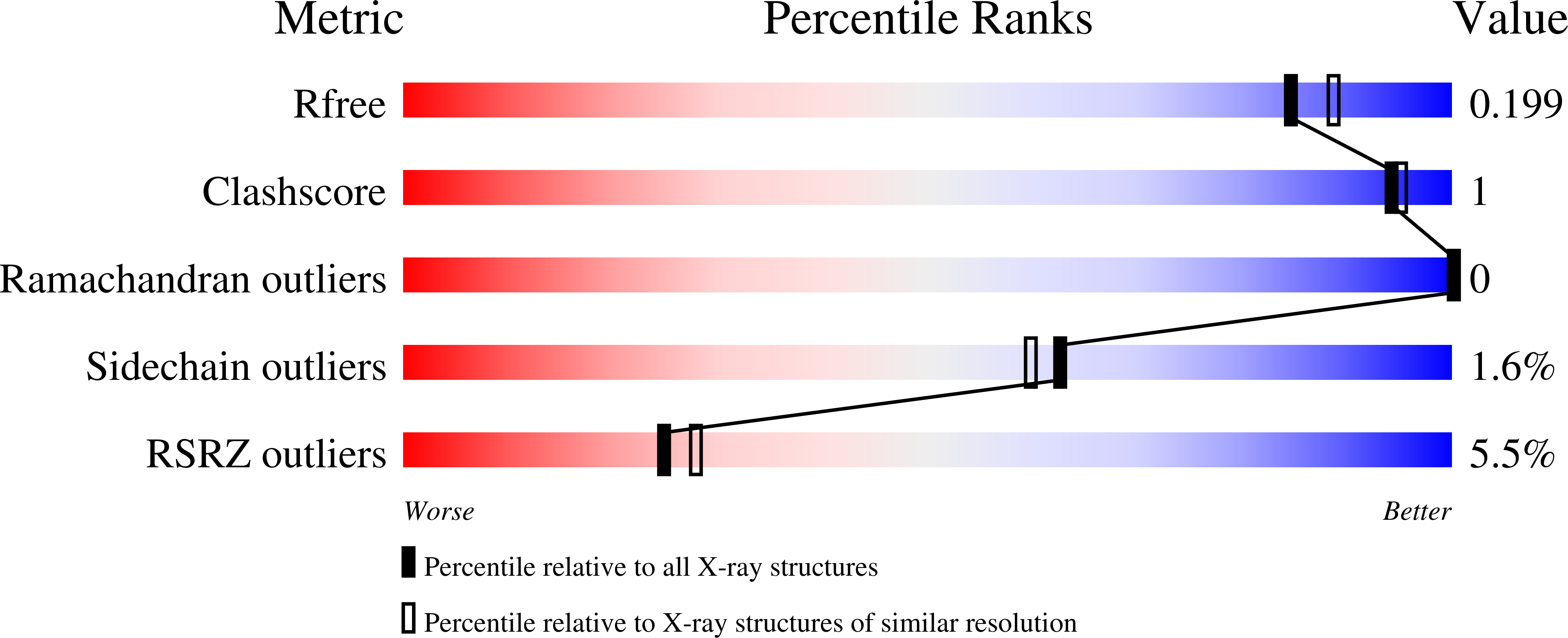
Deposition Date
2020-06-29
Release Date
2020-11-18
Last Version Date
2024-11-06
Method Details:
Experimental Method:
Resolution:
1.90 Å
R-Value Free:
0.19
R-Value Work:
0.15
R-Value Observed:
0.16
Space Group:
P 2 21 21


